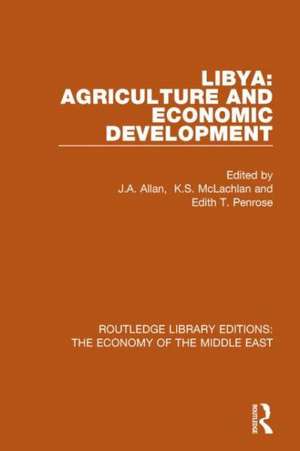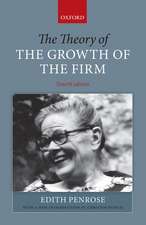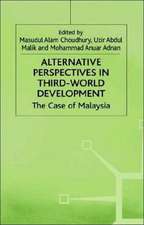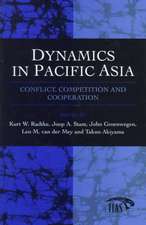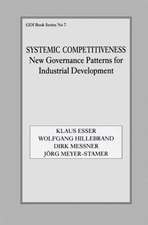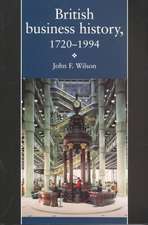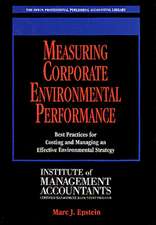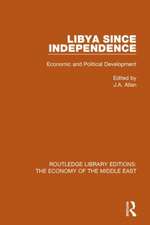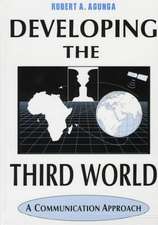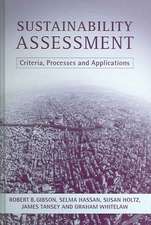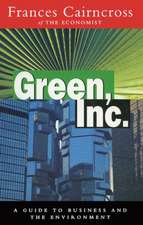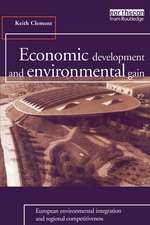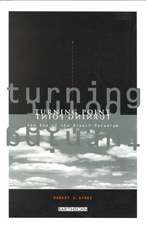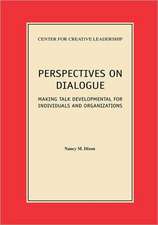Libya: Agriculture and Economic Development (RLE Economy of Middle East): Routledge Library Editions: The Economy of the Middle East
Editat de J. a. Allan, K.S. McLachlan, Edith Penroseen Limba Engleză Hardback – 18 noi 2014
First published in 1973.
| Toate formatele și edițiile | Preț | Express |
|---|---|---|
| Paperback (1) | 216.07 lei 6-8 săpt. | |
| Taylor & Francis – 18 ian 2018 | 216.07 lei 6-8 săpt. | |
| Hardback (1) | 765.84 lei 6-8 săpt. | |
| Taylor & Francis – 18 noi 2014 | 765.84 lei 6-8 săpt. |
Din seria Routledge Library Editions: The Economy of the Middle East
- 16%
 Preț: 216.07 lei
Preț: 216.07 lei - 34%
 Preț: 679.09 lei
Preț: 679.09 lei - 18%
 Preț: 782.44 lei
Preț: 782.44 lei - 34%
 Preț: 995.46 lei
Preț: 995.46 lei - 17%
 Preț: 215.81 lei
Preț: 215.81 lei - 34%
 Preț: 767.47 lei
Preț: 767.47 lei - 54%
 Preț: 574.68 lei
Preț: 574.68 lei -
 Preț: 354.54 lei
Preț: 354.54 lei -
 Preț: 85.56 lei
Preț: 85.56 lei - 16%
 Preț: 216.07 lei
Preț: 216.07 lei - 16%
 Preț: 216.07 lei
Preț: 216.07 lei - 18%
 Preț: 1289.11 lei
Preț: 1289.11 lei - 37%
 Preț: 625.44 lei
Preț: 625.44 lei - 16%
 Preț: 216.07 lei
Preț: 216.07 lei - 15%
 Preț: 701.45 lei
Preț: 701.45 lei - 33%
 Preț: 9802.10 lei
Preț: 9802.10 lei - 16%
 Preț: 130.21 lei
Preț: 130.21 lei - 16%
 Preț: 216.07 lei
Preț: 216.07 lei - 16%
 Preț: 216.07 lei
Preț: 216.07 lei - 17%
 Preț: 190.88 lei
Preț: 190.88 lei - 17%
 Preț: 142.32 lei
Preț: 142.32 lei - 17%
 Preț: 142.32 lei
Preț: 142.32 lei - 19%
 Preț: 216.07 lei
Preț: 216.07 lei - 17%
 Preț: 148.43 lei
Preț: 148.43 lei - 16%
 Preț: 216.07 lei
Preț: 216.07 lei - 17%
 Preț: 142.32 lei
Preț: 142.32 lei - 16%
 Preț: 216.07 lei
Preț: 216.07 lei - 33%
 Preț: 529.26 lei
Preț: 529.26 lei - 21%
 Preț: 247.40 lei
Preț: 247.40 lei
Preț: 765.84 lei
Preț vechi: 1155.55 lei
-34% Nou
Puncte Express: 1149
Preț estimativ în valută:
146.54€ • 153.01$ • 121.01£
146.54€ • 153.01$ • 121.01£
Carte tipărită la comandă
Livrare economică 15-29 aprilie
Preluare comenzi: 021 569.72.76
Specificații
ISBN-13: 9781138811805
ISBN-10: 1138811807
Pagini: 240
Dimensiuni: 156 x 234 mm
Greutate: 0.54 kg
Ediția:1
Editura: Taylor & Francis
Colecția Routledge
Seria Routledge Library Editions: The Economy of the Middle East
Locul publicării:Oxford, United Kingdom
ISBN-10: 1138811807
Pagini: 240
Dimensiuni: 156 x 234 mm
Greutate: 0.54 kg
Ediția:1
Editura: Taylor & Francis
Colecția Routledge
Seria Routledge Library Editions: The Economy of the Middle East
Locul publicării:Oxford, United Kingdom
Cuprins
1. Introduction 1.1. The Economic Setting 1.2. The Economic Impact of Oil on Libyan Agriculture 2. Physical Resources Relevant to Agriculture 2.1. Geology and Surface Form 2.2. Climate and Weather 2.3. Water Resources 3. Agricultural Land Use and Crop Patterns 1911-1960 3.1. Agricultural Land Use 3.2. Crop patterns by Farm Type, 1912-1960 4. Land Use and Cropping Patterns: Present Position and Recent Changes 4.1. General Statement Regarding the Survey and Air Photo Coverage 4.2. Agricultural Land Use in Libya Against a Background of Rising Oil Revenues, 1961-1968 4.3. Western Libya 4.4. Eastern Libya 4.5. Southern Libya 4.6. Notes on the Air Photos and the Diagrams Derived from Them 5. Investment in Libyan Agriculture 5.1. Introduction – Some Comments on the Survey 5.2. Investment and the Size of Farm 5.3. Investment and the Type of Farm 5.4. Regional Pattern of Investment 5.5. Summary and Conclusions 6. Employment and Wage Rates 6.1. Introduction 6.2. Quantitative Supplies of Labour 6.3. Wage Rates 6.4. Qualitative Aspects of the Labour Force 6.5. Conclusion
Notă biografică
Allan, J.A.; McLachlan, K.S.; Penrose, Edith
Descriere
Oil revenues have made Libya rich since 1961, when oil exports began. This new wealth has affected all sectors of the economy and especially the agricultural sector; there have been considerable movements of population, changes in the use of land, and, possibly most important, there has been a profound change in the expectations of the Libyan people. Agriculture was the major contributor to GDP before oil and even in 1968 it was still the major sector in terms of employment, occupying 32 per cent of the employed population; as such it has always been given prominence in government planning. This study begins by introducing the major economic and geographical features relevant to agricultural development and examines the extension of agricultural activity in the twentieth century, prior to independence in 1951. The later chapters deal with the changes which have taken place since the discovery of oil with respect to land use in all parts of Libya, and deals in detail with agricultural investment and wages.
